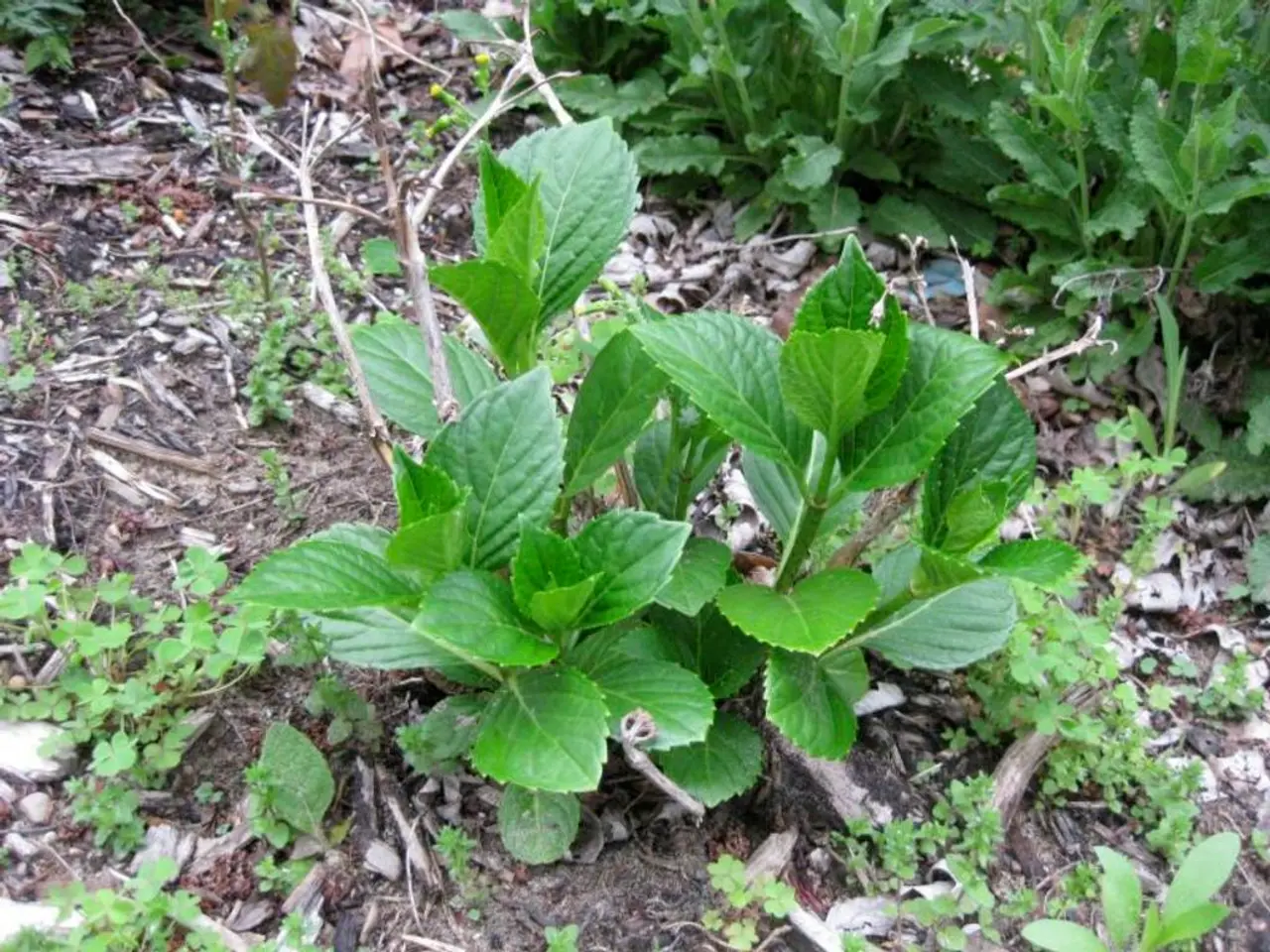Growing Herbs Naturally: Chemical-Free Techniques Revealed
For a thriving, chemical-free herb garden, follow these effective strategies and tips to ensure a healthy and pest-resistant garden.
Preparing the Soil
A key component of growing herbs organically is to prepare healthy, well-drained soil. Avoid excess nitrogen to prevent weak growth, such as floppy stems in sage. Enrich the soil naturally without chemicals by composting plant-based material.
Choosing the Right Herbs
Select herbs that are suited to your climate and soil conditions to reduce stress and susceptibility to pests. For example, oregano thrives in hot, dry, lean soil, while holy basil prefers rich, loamy soil.
Companion Planting
Practice companion planting by growing herbs together with other plants that naturally repel pests or enhance growth. Basil and mint repel tomato pests, chives improve flavour, and marigolds repel nematodes harmful to herbs.
Encouraging Biodiversity
Attract beneficial insects and pollinators by planting a mix of native flowers, vegetables, and herbs. This helps control pests and maintain a healthy ecosystem.
Proper Site Selection
Choose a location with 4-6 hours of sunlight, good air circulation to prevent disease, and well-drained locations away from standing water and strong winds.
Organic Pest Control
Use organic pest control methods like neem oil or natural remedies instead of chemical pesticides.
Crop Rotation
Practice crop rotation to maintain soil health and prevent pest buildup. This old but effective technique also helps prevent depletion of soil nutrients by moving crops to different areas of the garden each year.
Composting at Home
Create fertile soil for gardening by composting kitchen scraps and plant material. Avoid adding coffee grounds unless growing acid-loving plants, as this can affect soil pH adversely for most herbs.
Harvesting at the Right Time
Harvest herbs at the right time to maximize essential oils and vitality. For instance, cut oregano just as flower buds form.
Moving Crops Around
Moving crops around also helps to prevent the buildup of pathogens that cause plant diseases.
Growing in Containers
Growing herbs in containers minimizes the risk of infestation and diseases by using a richer potting mix and allowing for easy plant rotation. Dark plastic covers can be used to protect soil from excessive heat.
Making Organic Fertilizers
Organic fertilizers can be made at home using kitchen scraps, brown (decayed leaves), and green matter (grass clippings, coffee grinds, clean paper waste).
By focusing on soil health, plant resilience, ecological balance, and natural pest management, you can create a thriving, healthy herb garden without chemical inputs. Enjoy the health benefits of your organic herbs without worrying about toxic compounds.
A lifestyle focused on organic gardening can include creating a home-and-garden environment where herbs are grown chemical-free, utilizing healthy soil preparation techniques, selecting herb varieties suitable for the climate and soil conditions, practicing companion planting, encouraging biodiversity, proper site selection, organic pest control, crop rotation, composting at home, harvesting at the right time, moving crops around, growing herbs in containers, and making organic fertilizers.
Gardening practices that promote a healthy, pest-resistant herb garden include preparing the soil with plant-based compost to enrich it naturally, choosing herbs that are climate and soil appropriate, companion planting to repel pests and enhance growth, attracting beneficial insects and pollinators, and using organic pest control methods.





